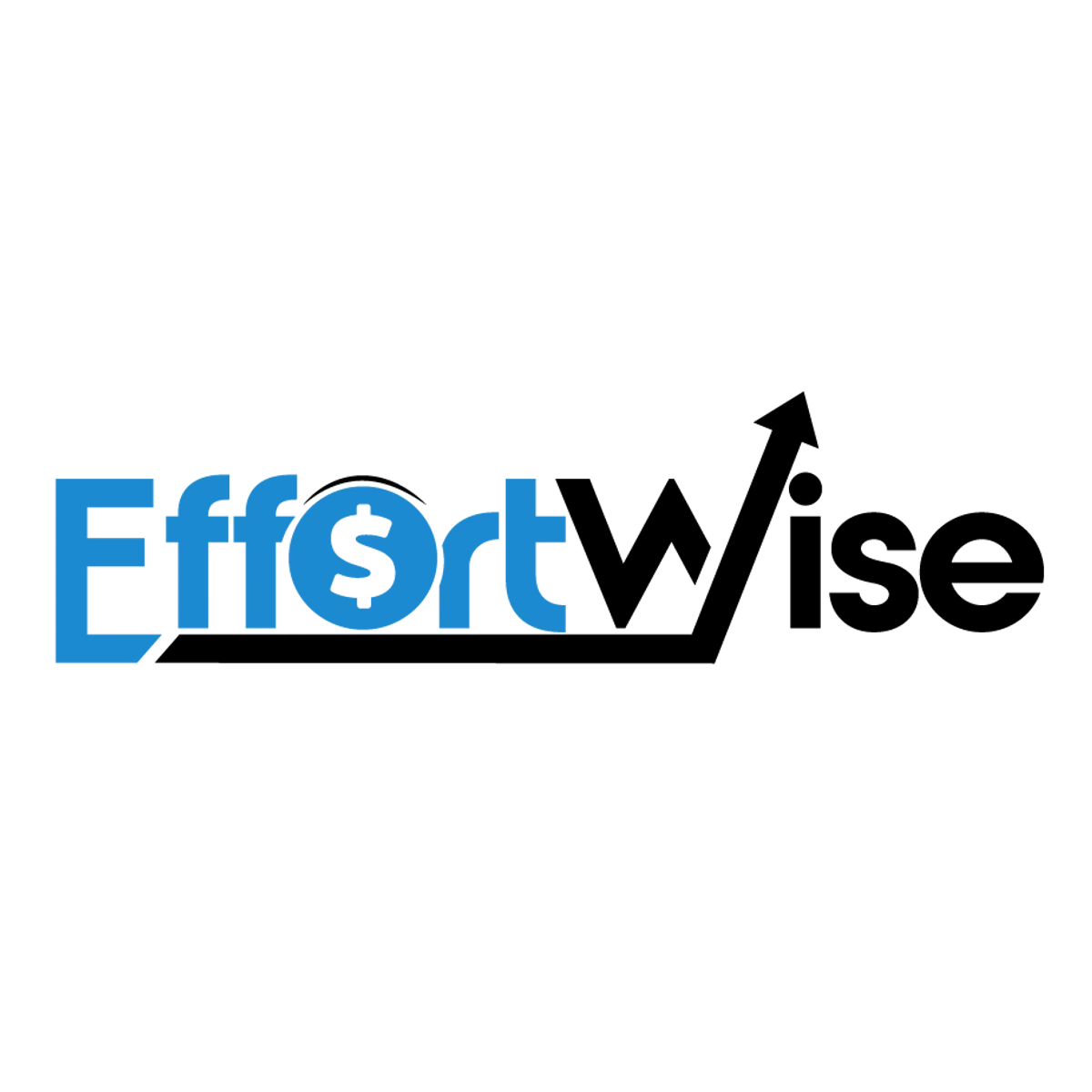
Maximize Your LinkedIn Headline to Attract Recruiters
Your LinkedIn headline is your 1st impression.
It's your professional billboard and your chance to stand out in a sea of professionals.
If you're looking to attract recruiters and unlock career opportunities, crafting the perfect headline is where to start.
Let’s walk through how you can create a headline that gets recruiters clicking. You'll get actionable steps, proven strategies, and inspiring examples.
Why Your LinkedIn Headline Matters
LinkedIn is the leading professional social network for recruitment, used by 77% of recruiters.
Your headline is one of the first things they see, but even more than that, it's how they'll find you by searching.
Step 1: Understand the Anatomy of a Great Headline
Before we start crafting, let’s break down the components of a winning headline:
Your Role or Expertise: What do you do? (e.g., "Data Analyst," "Marketing Specialist").
Company metrics: What sizes of companies have you worked for? What budgets have you touched?
Keywords for SEO: What terms are recruiters searching for? (e.g., "Salesforce Expert," "Content Strategist").
A Dash of Personality: What makes you memorable? (e.g., "Passionate About AI Innovation").
Step 2: Identify the Right Keywords
LinkedIn operates like a search engine, and recruiters use specific keywords to find talent. Including these keywords in your headline increases your chances of showing up in search results.
Actionable Tip:
Search LinkedIn for job titles you aspire to and analyze the keywords in those profiles.
Step 3: Showcase Company Sizes & Budgets You’ve Worked With
Recruiters want to know who trusts you. Highlighting company sizes and budgets shows the scale of your work and illustrates how trustworthy you are.
✅ Actionable Tip: Mention the size of teams, budgets, or revenue you’ve touched to demonstrate credibility.
Example:
Instead of: Marketing Manager
Try: Marketing Manager | Led Campaigns for Fortune 500 Companies | Managed $5M+ Ad Budgets
Instead of: Sales Director
Try: Sales Director | Closed $50M+ in Deals | Scaled Teams from 10 to 100
💡 Key Insight: people are attracted to numbers. Include your most impressive ones.
Step 4: Add a Touch of Personality
Your headline should reflect who you are, not just what you do. Adding a personal touch can make your profile more relatable and memorable.
Actionable Tip:
Stand out with a professional (or at least appropriate) passion or interest.
Incorporate a phrase that shows your enthusiasm or personality.
Example:
Instead of: “HR Manager”
Try: “HR Manager | Recruited for startups with 20 employees to global companies with 10k employees | Coffee Enthusiast (let's talk roasts) ☕”
Step 5: Use the 3-Part Formula for Headlines
If you’re struggling to create a compelling headline, use this simple yet effective formula:
[Job Title/Expertise] + [Company Sizes/Budgets You've Worked With] + [Passion/Personality]
🔍 Example:
UX Designer | Designed Interfaces for Fortune 500 Clients | Passionate About Human-Centered Design
Salesforce Consultant | Optimized CRM for Companies $50M+ in Revenue | Devoted Tech Advocate
Step 6: Optimize for LinkedIn’s Search Algorithm
To maximize your visibility, ensure your headline aligns with LinkedIn's search algorithm. This means strategically placing keywords while keeping your headline natural and engaging.
Actionable Tip:
Place the most critical keywords at the beginning of your headline. They carry more weight in LinkedIn's search algorithm.
Avoid overstuffing keywords, as it can come across as spammy.
Example:
Instead of: “Passionate About Marketing | Marketing Manager | SEO and PPC Enthusiast”
Try: “Marketing Manager | SEO & PPC Specialist for late stage startups | Data obsessed (I'll prove it)”
Step 7: Test and Refine Your Headline
Your headline isn’t set in stone. It’s a living part of your LinkedIn profile. As you grow in your career or notice trends in recruiter searches, refine your headline to stay relevant.
Actionable Tip:
Experiment with different formats and keywords to see which version gets more profile views or connection requests.
Review LinkedIn’s analytics to measure your profile’s performance before and after headline updates.
Step 8: Learn from Top-Performing Headlines
One of the best ways to improve your headline is by analyzing those of top performers in your field. Look for patterns in the way they highlight their expertise, value, and personality.
Actionable Tip:
Follow industry leaders and peers on LinkedIn. Study their headlines and note what resonates with you.
Use their formulas and adapt them to showcase your unique strengths.
Example:
Top-Performing Headline: “Digital Marketing Strategist | Multi-Channel Campaign Success for $5M ad spends | Speaker & Educator”
Takeaway: Combine your role, measurable impact, and a standout personal detail.
Step 9: Avoid Common Headline Mistakes
🚫 Being Too Generic
Instead of: Project Manager
Try: Project Manager | Agile Expert | Always on Time and on Budget (99%)
🚫 Focusing Only on Job Titles
Instead of: Software Engineer
Try: Software Engineer | Scalable Web Apps | Cloud Solutions
🚫 Ignoring Keywords
Instead of: Creative Thinker
Try: Creative Strategist | Branding & Campaign Development | Driving ROI Through Innovation
💡 Key Insight: A vague headline won’t differentiate you. Recruiters skim profiles. Stand out by being specific.
Final Thoughts: Your Headline Is Your Career Billboard
Your LinkedIn headline works 24/7 to attract opportunities. Make it count.
✅ Key Takeaways:
Use keywords recruiters search for.
Highlight your unique value.
Inject personality to stand out.
Test, refine, and update over time.
🚀 Next Step: Draft 2 headline variations. Test each one for 2 weeks. See which gets the most views.
A great LinkedIn headline guides opportunities straight to you.

